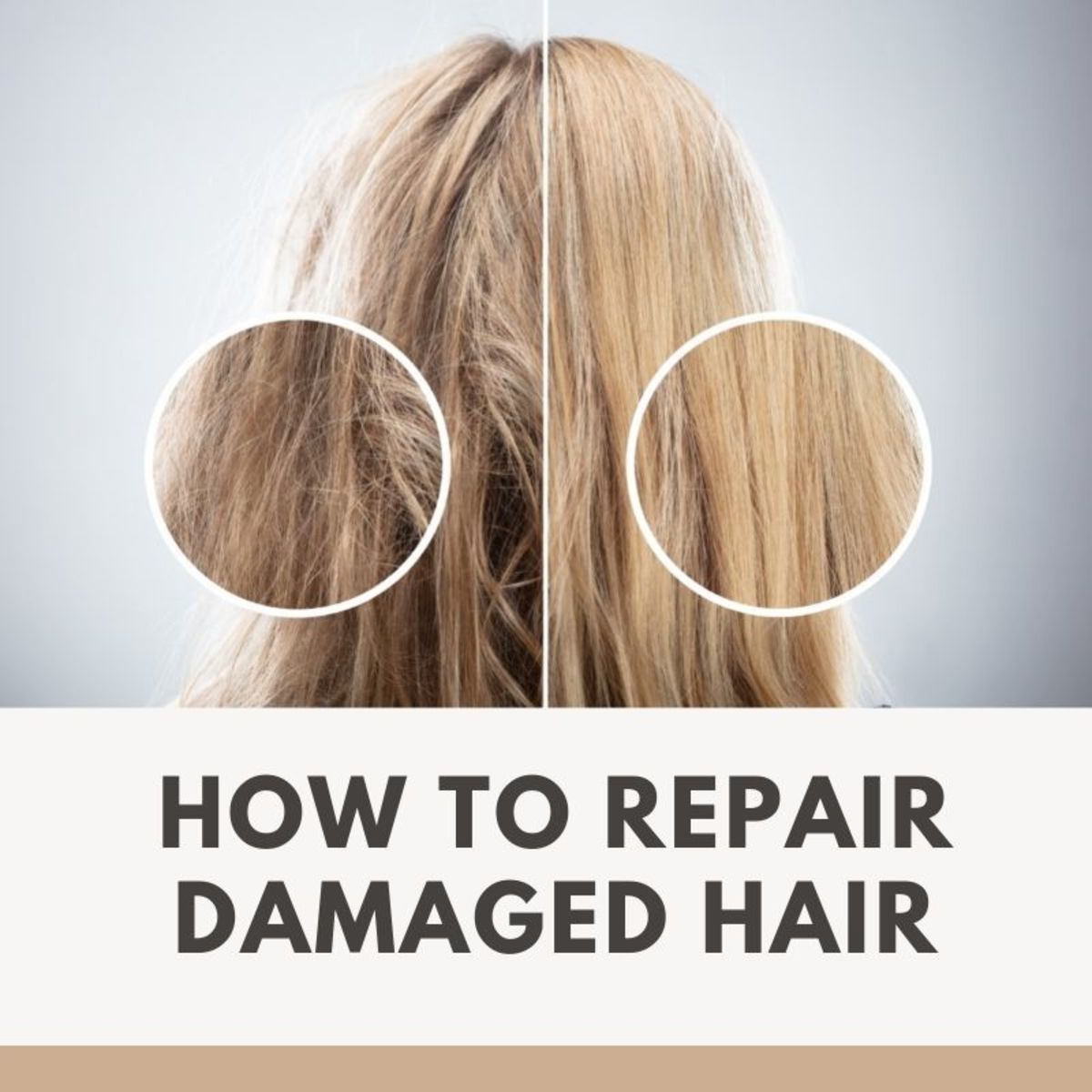Repairing and Maintaining Damaged Hair
With proper care and treatment, damaged hair can be restored to a healthier state. The following guide will outline natural remedies and long-term practices to repair split ends, add moisture and strengthen hair over time.
Deep Conditioning to Hydrate Strands
Using hydrating hair masks regularly replenishes moisture into dry, damaged strands. Look for thick conditioning treatments packed with natural oils like coconut or jojoba oil. Apply generously to damp hair, cover with a plastic cap and leave on for at least 30 minutes once a week. The extra conditioning helps restore flexibility and shine.

Switching to Gentler Products
Swap regular shampoo for a moisturizing formula suitable for damaged hair. Opt for sulfate-free varieties and those containing natural humectants like aloe vera juice to hydrate without over-drying. When conditioning, focus application on the ends and avoid rinsing fully for better absorption. Continue daily use of a nourishing hair oil, like argan or olive oil, to seal in hydration.
Home Remedies for Extra Nourishment
Kitchen ingredients can revive hair when applied as hair masks. Whisk an egg with mashed avocado for intense protein and vitamins or warm coconut or olive oil for a lightweight treatment. Leave on covered hair for 30 minutes once weekly. Honey has humectant properties, so mixing 2 tablespoons into conditioner or using plain helps hair cling to moisture.
Heat Protection and Gentle Styling
Limit heat tools that can cause further damage, but for special occasions, apply a heat protectant cream before blow drying or flat ironing hair. Choose the coolest temperature possible. When styling, detangle with a wide-tooth comb instead of tugging with a brush. At night, wrap hair in a silk scarf or satin pillowcase to avoid breakage from cotton.
Trimming on a Schedule
GettingSplit ends occur when the hair shaft splits lengthways from the ends up. Regular trims every 6-8 weeks removes splits before they travel further up the strand. For in-between touch-ups, learn to home-dust hair by twisting small sections and snipping off any hanging or misshapen ends with precision scissors. Frequent dusting maintains length while eliminating splits.
Targeted Protein Treatments
For extremely damaged hair that breaks instead of bends, intensive protein treatments can reconstruct the hair shaft. Look for masks containing hydrolyzed proteins like keratin, silk or wheat. Apply weekly until breakage stops, then monthly for maintenance. Consult a stylist for professional keratin treatments if at-home protein fails to help. Consistency is key to ongoing repair.
Diet and Lifestyle Changes
What we eat affects hair health over time. Load up on fatty fish, nuts, avocado and vegetable fats for Omega-3s; and dark, leafy greens for vital minerals. Drink plenty of water and limit coloring, heating tools and other chemicals when possible. With patience and TLC, damaged hair will become stronger, shinier and more manageable. Consistency is key to seeing lasting results.
Maintaining Healthy Growth
Once hair is repaired, long-term strategies will keep it that way. Gentle care, protective styling and a nutrient-packed diet nourish strands on an ongoing basis.
### Low-Impact Washing
Shampooing strips hair of natural oils. Limit washes to 2-3 times weekly and “co-wash” with conditioner only as needed. On non-wash days, refresh roots with dry shampoo. When bathing, favor conditioner over shampoo and rinse with cool versus hot water. Less stripping keeps hair lubricated for less breakage.
### Protective Nightly Routines
Minimize breakage while sleeping by French braiding, twisting or rolling damp hair rather than brushing. Secure loosely. A satin bonnet or scarf shields against cotton friction. Silk or satin pillowcases have the same effect. Protect long hair when exercising with braids or buns secured with soft hair-friendly ties.
### Limit Heat and Chemicals
Give hair “breaks” by air drying when possible instead of using tools multiple times weekly. If colouring or relaxing, space treatments at least 8 weeks apart. Consult a professional for gentle options like highlights, glossing or ammonia-free dye. Commit to a low-impact hair care schedule over time for gradually healthier results.
### Medical Advice if Issues Persist
Underlying health issues like thyroid problems, nutritional deficiencies and stress can manifest as hair shedding or breakage. See a doctor if damage doesn’t improve with gentle care changes. Prescription supplements or dermatological shampoos may help. Identify and address underlying causes for holistically healthier hair. Regular trims are still vital to remove split ends no matter the root cause of damage.
### Soaking Up Nutrients
A balanced diet fueling hair growth from within includes iron-rich leafy greens and beans, omegas from fatty fish and nuts, hydration, protein and biotin-rich eggs. Supplement deficiencies if necessary but quality whole foods nourish overall wellness for additional hair health benefits.
#
